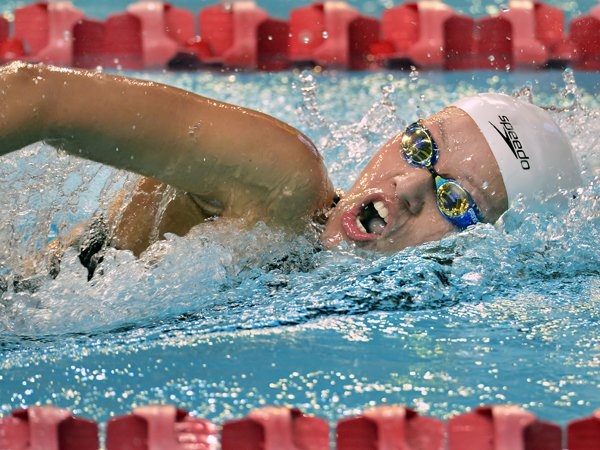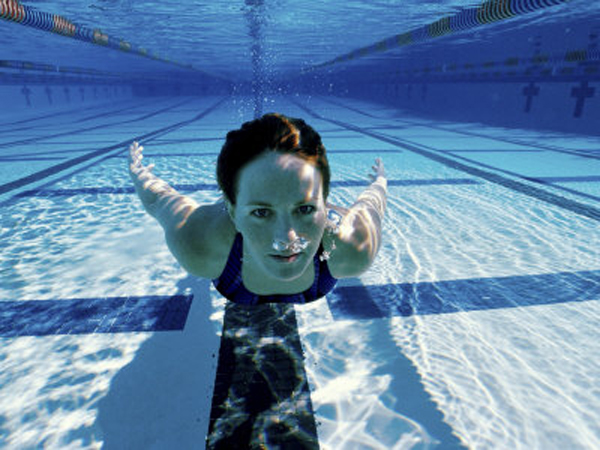How do you breathe when you swim?

File Photo Credit: Andrew Tan/SportSG
By Malcolm Baey
MASTER YOUR SWIMMING TECHNIQUE (6): BREATHING
One of the major differences between swimming and other sports is that learning how to breathe under water is a skill on its own.
Having good breathing technique is one of the biggest challenges for every novice swimmer. Because breathing is instinctual, it comes naturally to all of us without conscious thought so little emphasis is placed on studying it.
In swimming, having a rhythm to your breathing is critical. Problems with breathing can result in improper stroke techniques such as bad body positioning and lob-sided swimming. Here is a look at the right breathing techniques in three popular swim styles.
Front Crawl
When swimming the front crawl, a common mistake is to turn your head either too soon or too late which ends up causing your body position to go out of alignment. Start turning your head at the end of the pulling phase. As the arms recover over water, take a quick breath and return your head to the starting position again.
Make sure to turn your head sideways and not to lift your entire head out of the water. Lifting it out of the water is counter-productive as it will cause your hips to sink and make it even harder to take a breath.
Breaststroke
In the breaststroke, prepare to breathe when both your arms are pulling towards your body. Your pectorals and back muscles should aid your arm movement to help your head come out of the water. It is critical to get the timing right as breathing at the wrong time will affect your stroke.
Butterfly
In the butterfly, your arms should pull down hard to propel your body forward above the water for a breath. It is essential to start coming out of the water at the end of the pulling phase. Your mouth should be clear of the surface of the water for a quick breath before returning your head to the starting position again as your arms recover.
4 basic tips to help improve your breathing techniques:

Breathe out underwater too! (image credit: buzzhealthy.com).
- Relax - Make sure your facial muscles are not tensed up as it gives rise to inefficient air exchange.
- Breathe Out - Most novice swimmers tend to hold their breath underwater instead of breathing out when swimming. When your face is submerged in water, you should be breathing out gently and bubbles should come out of your mouth or nose.
- Breathe In - Most swimmers breath in through their mouth. This action should be quick and last only a second.
- Timing - Breathing out in the water should be about twice as long as breathing in above the water as it helps build a comfortable rhythm to your breathing.
Now that you're aware of the traditional types of techniques and exercises, let's have a look at some alternative swimming pool exercises to improve your swimming.
To receive the latest updates on the happenings in the Singapore sports scene, or to find out more about some of the latest programmes on offer at ActiveSG, like our Facebook page here.





![ActiveSG Academies and Clubs Logo (Solid Colour)[8647]](https://www.activesgcircle.gov.sg/hs-fs/hubfs/ActiveSG%20Circle%202023Theme/images/ActiveSG%20Academies%20and%20Clubs%20Logo%20(Solid%20Colour)%5B8647%5D.png?width=150&height=65&name=ActiveSG%20Academies%20and%20Clubs%20Logo%20(Solid%20Colour)%5B8647%5D.png)



-01.png?width=200&height=141&name=Team%20Singapore%20Logo%20(Red)-01.png)



